How to anonymize a surgical video
When it comes to surgical videos, preserving the anonymity of those being operated on must be a priority. When editing the video, it is essential to remove or mask any distinctive signs that could identify the patient, but care must also be taken when adding educational context to the video (age, type of pathology, history, etc.) as re-identification of the patient is possible by cross-referencing information that is too specific.
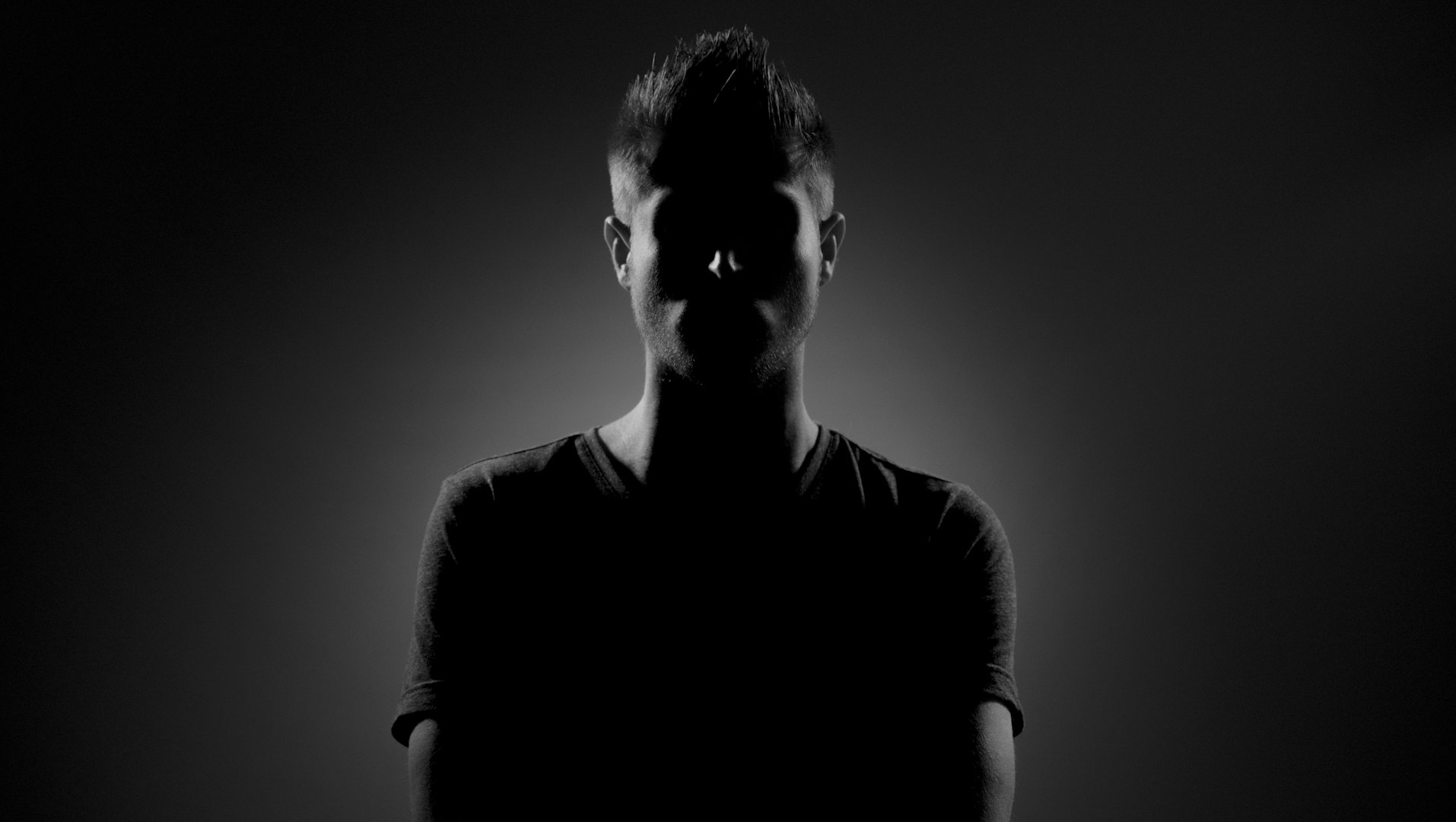
Patient protection
Making sure the patient in a surgical video remains anonymous is an essential step in editing.
When you decide to make surgical videos showing details of a procedure in the operating theatre, and therefore of the person being operated on, anonymisation of the person is a necessary step. This is particularly the case when it is carried out using the raw surgical videos, which are in fact part of the patient’s medical record. The GDPR to be followed when creating a surgical video are detailed here. The patient has to be informed and a consent form signed (a consent form can be found here).
This article is therefore a guide to anonymising a surgical video and presents three methods often used in this context.
Making an anonymous or de-identified surgical video
In the case of a surgical video, in practical terms, making a person unidentifiable means masking all the details of their body that could be recognised.
This means carrying out research and drawing up a list of revealing elements. As a general rule, this step should pay particular attention to :
- skin details: special moles, spots, etc.;
- facial features;
- any tattoos or piercings;
- any particular form of anatomy;
- physical signs: pimples, lesions, etc.
Nevertheless, it is sometimes impossible to make a surgical video 100% anonymous: in the case of a nasal septum operation, for example, the shape of the nose (impossible to conceal given the area operated on) could be recognisable. The patient must be warned of this.
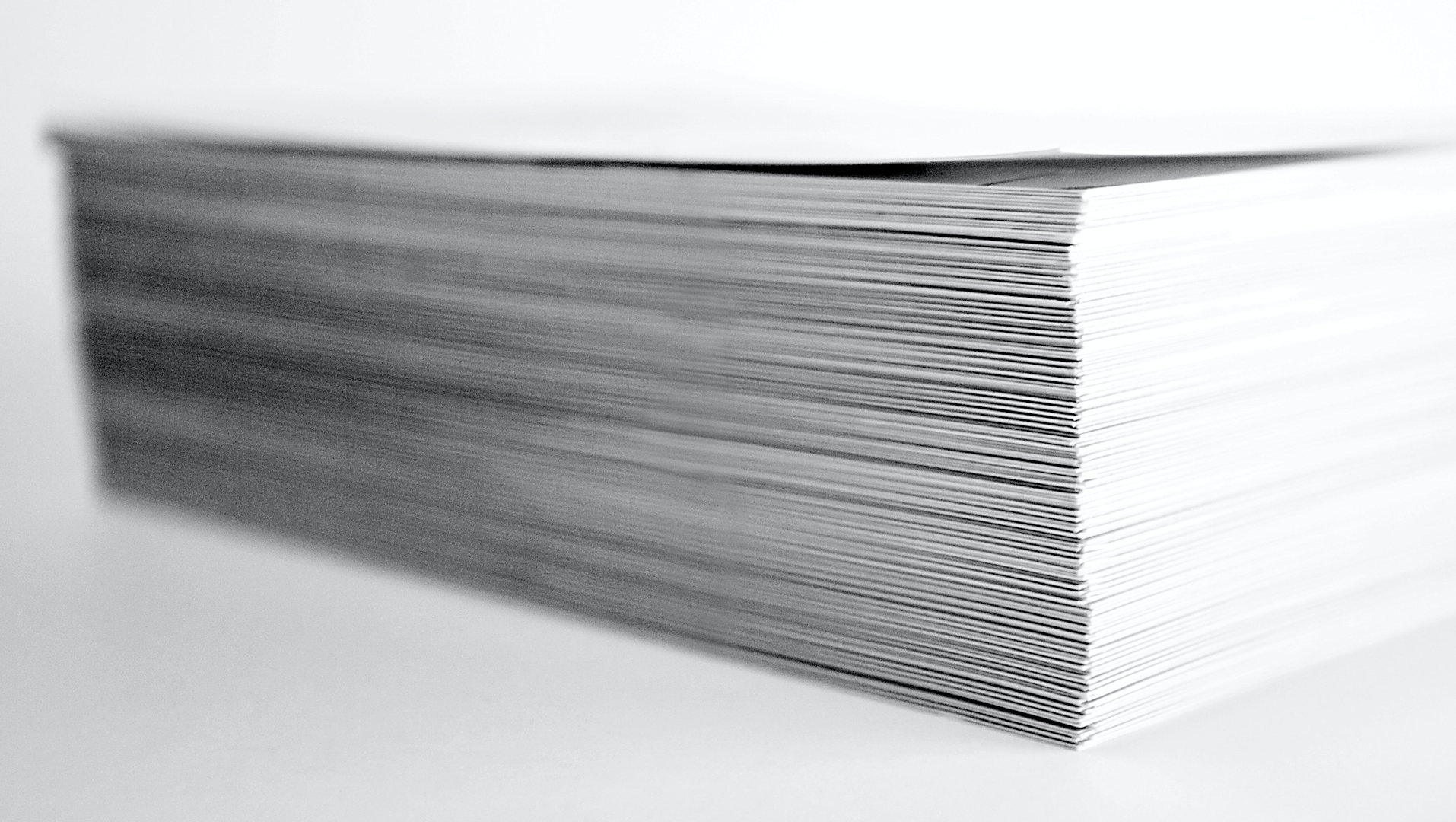
Medical file
Protecting a patient’s personal data, in particular that contained in their medical records, is paramount in a surgical video.
The 3 techniques to de-identify a surgical video
There are three main methods of anonymisation: cropping, zooming within the image and blurring.
1. Cut out identifiable sequences
The first thing to do, and this is the easiest and most practical technique to apply, is to refine the derushing of the video to remove all the sensitive footage.
If the sequence is not crucial to the proper understanding of the video, it may be deleted.
Deleting video sequences that could identify the patient is the quickest and most effective way of guaranteeing patient anonymity.
2. Zoom into the image
If the recognisable elements are located at the edges of the frame and can be cropped without cutting off the area showing the surgical procedure, then the video can be cropped to hide these visual cues.
For example, if a tattoo is spotted in the bottom left-hand corner and is of no importance in the surgical procedure, the image can be cropped.
Warning: zooming means stretching the pixels. The quality of the video may be slightly degraded if this technique is used, especially if the image is not of very good quality to begin with. That’s why you should always opt for high-definition capture and files (ideally 4K, since zooming produces a 1080p or full HD image).
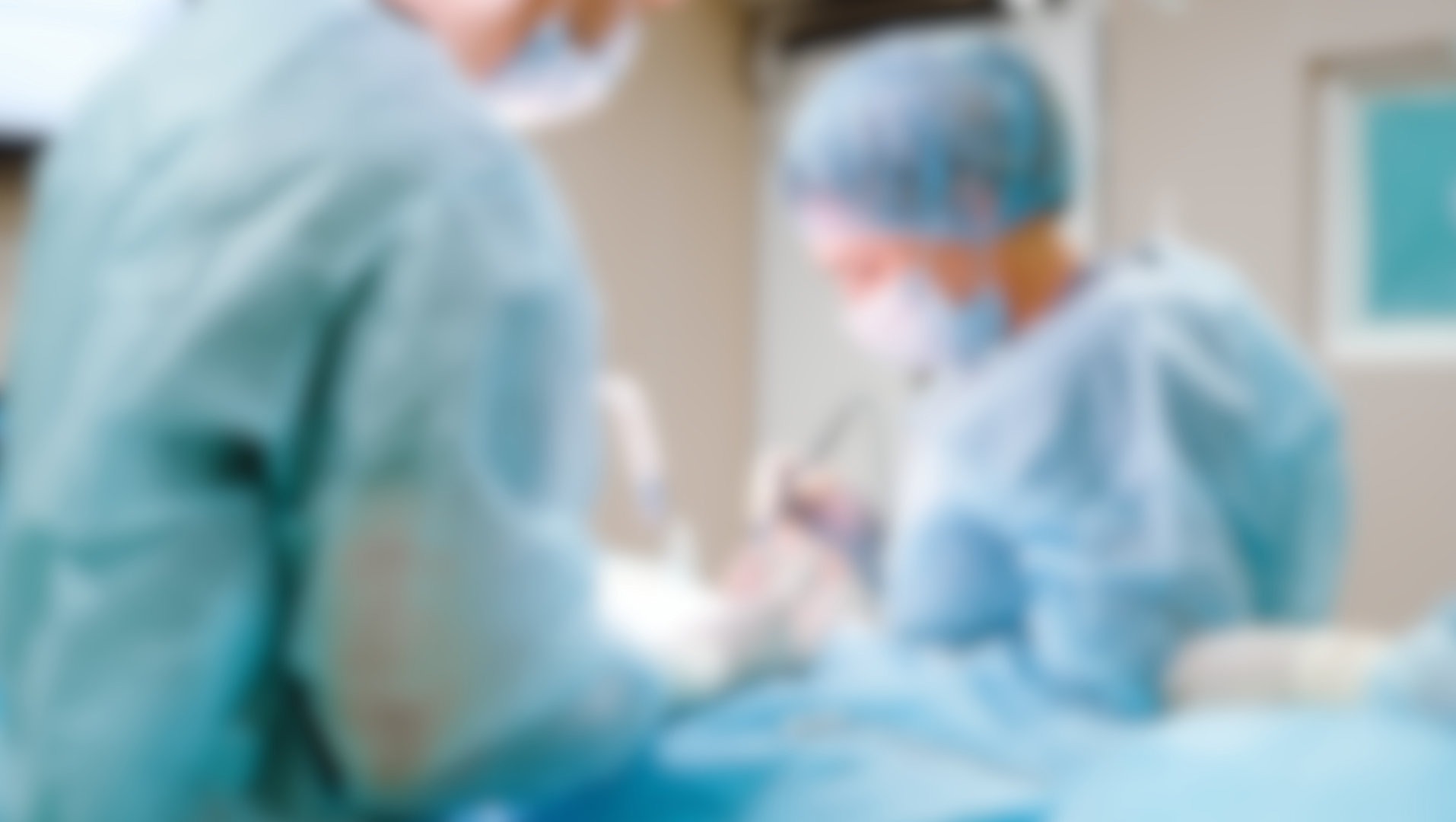
Blurring
The blur is an invaluable ally to anonymize a surgical video and to comply with the GDPR.
3. Precise anonymisation: the treatment of blurring
If it is impossible to mask recognisable anatomical details by cutting or cropping the video, the areas concerned will have to be blurred or pixelated.
In most cases, we prefer to blur: a blurred area is often more discreet and esthetically pleasing than a raw mass of pixels.
There are several points to bear in mind when carrying out this stage:
- The blurring needs to be as close to the scene as possible, so that it does not affect the area involved in the surgery. To achieve this, you will need to use masks, which allow you to assign a geometric shape of your choice (circle, square, freehand shape, etc.) to the video effects;
- In some cases, the area to be masked will be moving. As a result, defining a fixed shape won’t be enough and you’ll need to ensure that the blurred area follows the movement. The aim will be to inform the software of the positions of the area according to the time code, in order to indicate to the system a path to follow.
Making surgical procedures anonymous is painstaking work, but essential before you can broadcast a surgical video, even if you have the patient’s consent.
For this kind of more advanced manipulation, the use of professional or semi-professional editing software with fairly advanced features is recommended (DaVinci Resolve, for example). Blurring in motion, in particular, requires a certain amount skills, but is perfectly doable for beginners with the help of tutorials.
To find out more: The best tutorials for getting to grips with DaVinci Resolve
Read more
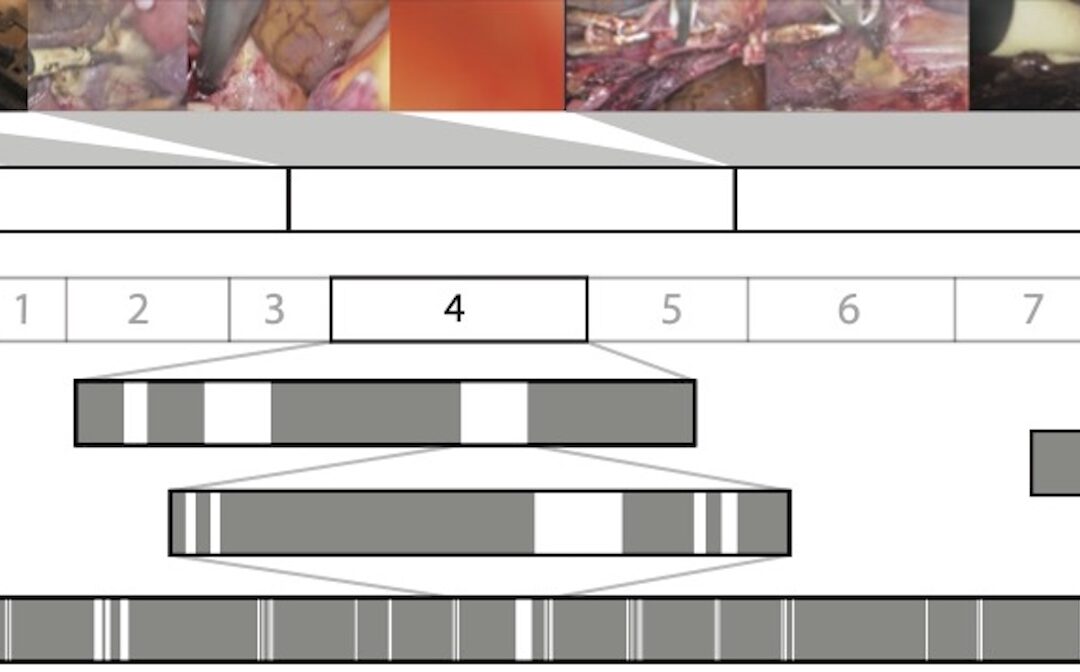
Surgical Video Summarization: Multifarious Uses, Summarization Process and Ad-Hoc Coordination
While surgical videos are valuable support material for activities around surgery, their summarization demands great amounts of time from surgeons, limiting the production of videos. Through fieldwork, we show current practices around surgical videos. First, we...
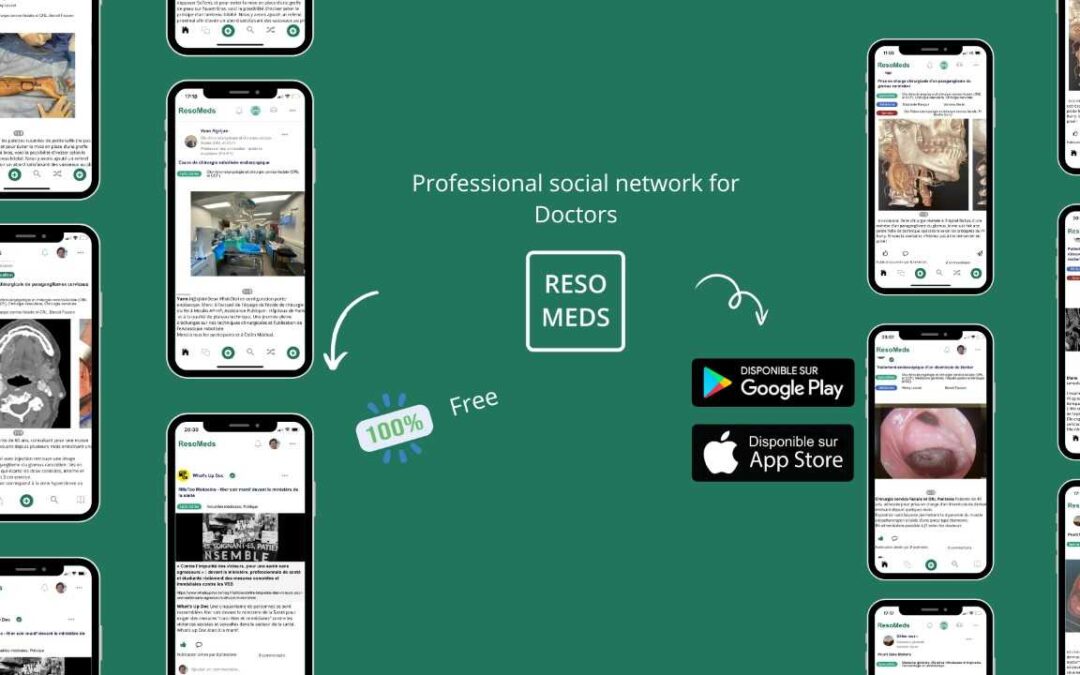
ResoMeds: a social network sharing videos
Case reports enrich medical knowledge and training, and improve practice [1-4]. However, their publication is often limited in existing journals [5]. We aim to highlight the importance of creating a platform for physician exchange to promote peer learning, case...
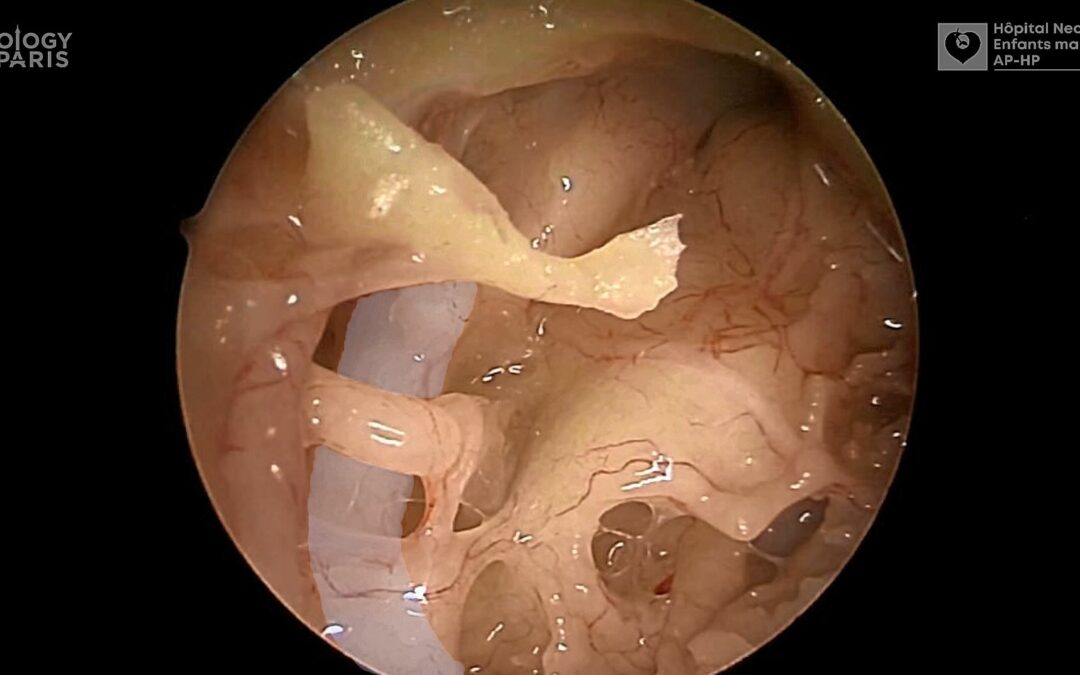
Videos improve knowledge retention of surgical anatomy
In otolaryngology, a new publication shows that an educational video improves anatomy learning and knowledge retention in the long term. This study conducted by the ENT team at Necker-Enfants Malades, APHP (Université Paris Cité) and led by Pr François Simon shows the...
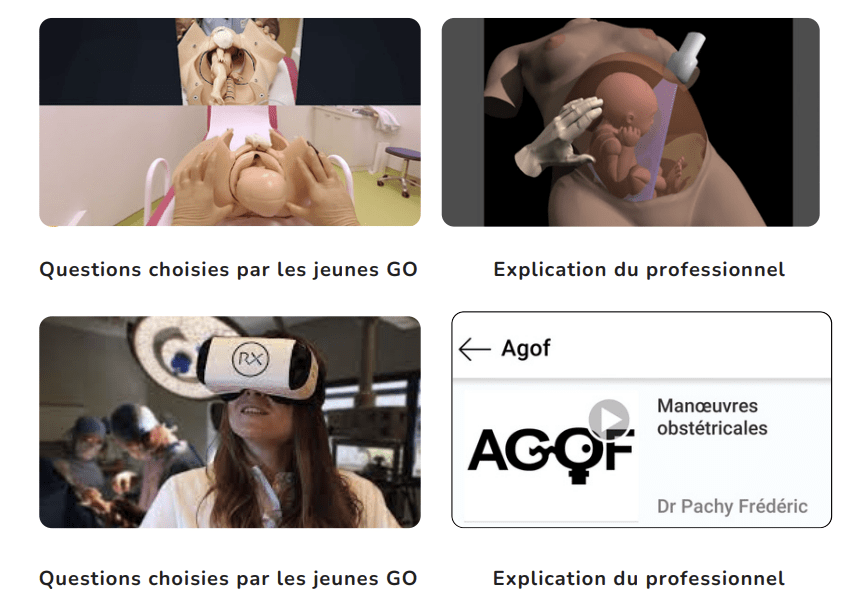
Surgical videos: using the most efficient medium. AGOF’s associative experience
In 2010, the French National Authority for Health (HAS) issued the famous slogan for apprentice surgeons: "Never perform surgery on a patient for the first time" (1). It is sometimes difficult for a young surgeon to accept that he or she has not received sufficient...
